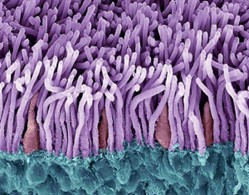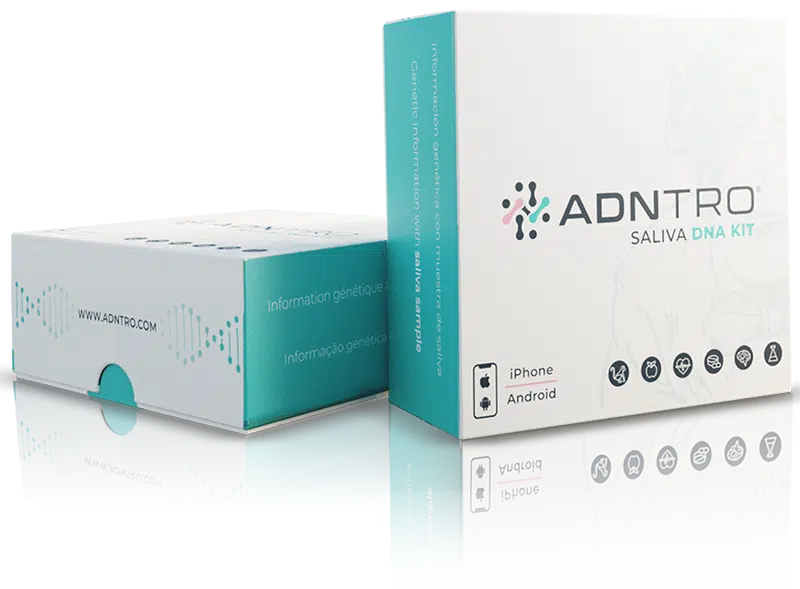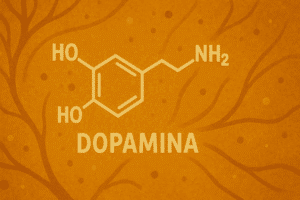When giving instructions to locate objects or people, is very common to use colors. By doing so, we forget that not all perceive colors in the same way.
There are people who confuse purple with blue, for example. These people suffer from color blindness and the reason why not all color blind people confuse the same colors is because there are different types of color blindness depending on the genes or the portion of the gene you have affected.
How vision works
In order to understand the different types of color blindness that exist, it is first necessary to know how our body is able to process the different colors.
Although sunlight seems white, it is a collection of all the colors that exist and each color has an associated wavelength range within the visible spectrum.

We observe the color of an object because the object absorbs certain wavelengths and reflects the rest of the sunlight (wavelengths that our eyes recieve).
Depending on the wavelength reflected by the object, one photon or another will excite our eye cells, allowing them to capture one wavelength or another and emit chemical signals to the brain that allow us to associate these wavelengths with a specific color.
In other words, humans are able to perceive colors because a photon is converted into an electric current within our biological system.
Eye cells (photoreceptors)

Our eyes have two types of cells responsible for vision (photoreceptor cells):
- Rods: located outside the central part of the retina, they deal with peripheral vision and are responsible for night vision since they are very sensitive to low intensity light.
- Cones: located in the macula, they are responsible for central vision and color perception.
Within the cones, the cells that concern us to explain the variation in color perception, there are 3 different types.
Each type contains a specific pigment (opsin) that is more sensitive to certain wavelengths and encoded by different genes:
- OPN1LW: synthesizes L-type conical cells. These cells absorb the high wavelength region of the spectrum (red-sensitive opsin).
- OPN1MW: it codes for M-type conical cells. The main function of the sensors is to pick up mid-wavelengths in the spectrum (greens).
- OPN1SW: it synthesizes S-type conical cells. The main function is to detect the short lengths of the spectrum (blues).
Although it may seem impossible, the information received from these three types of cones is enough for the brain to produce normal color vision.
Types of color blindness
Depending on the gene you have altered, you will have less capacity to absorb certain ranges of wavelengths and, therefore, you will have greater or lesser difficulty in distinguishing some colors or others.
A priori the names use for designating the different types of color blindness may seem far-fetched, but if we de-granularize them, we realise they are not. The prefixes indicate on which pigment the alteration occurs (protos: first - red; deutos: second - green; tritos: third - blue) and the suffixes if we are dealing with a difficulty (anomaly) or impossibility (anopia) to recognize these colors.
"Red Green" Color Blindness
It is the most common color vision deficiency in humans. It affects males much more frequently than females due its inheritance pattern (X-linked recessive). Among populations with northern European ancestry, it occurs in approximately 1 in 12 males and 1 in 200 females.
Protanomaly
Lack of sensitivity of the cones eyepieces to wavelengths long. This type of color blindness is characterized by the difficulty in perceiving red color correctly and distinguishing it from green color.
Protanopia
Inability to see red due to L-type conical cells lack.
Deuteranomaly
Reduced sensitivity to green light. They find it difficult to distinguish between red and green and, often, among the blue and purple as well as between the pink and gray (especially when there is low light).
Deuteranopia
Inability to perceive the color green due to M-type cone cells lack.
"Blue-Yellow" Color Blindness
Also known as tritanomaly. This type of color blindness is characterized by the difficulty in differentiating blue tones from yellow tones due to reduced sensitivity to blue light.
People with blue deficiencies generally see the world as red, pink, black, white, gray and turquoise. This type of color blindness is the most unusual (less than 1 in 10,000 people worldwide) and affects men and women equally due to its inheritance pattern (autosomal dominant).

Color blindness genetic causes
Despite the existence of some polymorphisms (SNPs) associated with color blindness, most of the genetic changes associated with color blindness involve recombination events between genes. OPN1LW and OPN1MW highly similar, which may result in the deletion of one or both genes.
This can cause one type of cone to be missing or less sensitive to a certain part of the spectrum, leading to incorrect information through "faulty" electrical signals going from the cones to the brain.
If you are interested in learning more about human genetics, you can find more information in our blog. In case you want to go further and want to know the information hidden in your own DNA, the DNA TEST from ADNTRO are for you!
If you are already genotyped with another company, upload your RAW DNA data for free.














